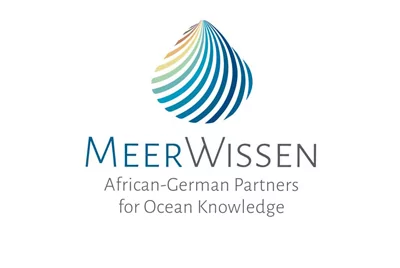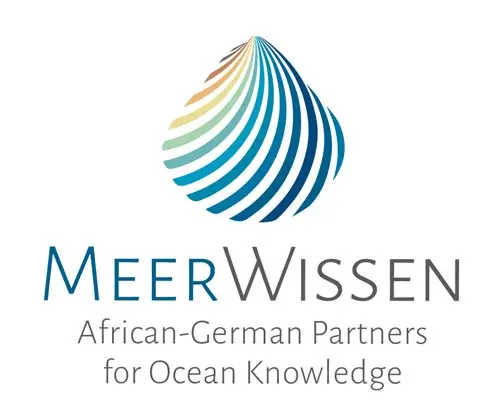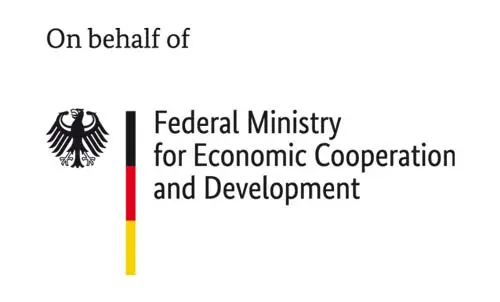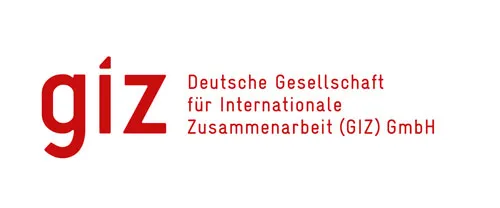Iterative mapping of marine ecosystems for spatial status assessment, prioritization, and decision support
South Africa has taken an iterative approach to marine ecosystem mapping over 18 years that has provided a valuable foundation for ecosystem assessment, planning and decision-making, supporting improved ecosystem-based management and protection. Iterative progress has been made in overcoming challenges faced by developing countries, especially in the inaccessible marine realm. Our aim is to report on the approach to produce and improve a national marine ecosystem map to guide other countries facing similar challenges, and to illustrate the impact of even the simplest ecosystem map. South Africa has produced four map versions, from a rudimentary map of 34 biozones informed by bathymetry data, to the latest version comprising 163 ecosystem types informed by 83 environmental and biodiversity datasets that aligns with the IUCN Global Ecosystem Typology. Data were unlocked through academic and industry collaborations; multi-disciplinary, multi-realm and multi-generational networks of practitioners; and targeted research to address key gaps. To advance toward a more transparent, reproducible and data-driven approach, limitations, barriers and opportunities for improvement were identified. Challenges included limited human and data infrastructure capacity to collate, curate and assimilate many data sources, covering a variety of ecosystem components, methods and scales. Five key lessons that are of relevance for others working to advance ecosystem classification and mapping, were distilled. These include (1) the benefits of iterative improvement; (2) the value of fostering relationships among a co-ordinated network of practitioners including early-career researchers; (3) strategically prioritizing and leveraging resources to build and curate key foundational biodiversity datasets and understand drivers of biodiversity pattern; (4) the need for developing, transferring and applying capacity and tools that enhance data quality, analytical workflows and outputs; and (5) the application of new technology and emerging statistical tools to improve the classification and prediction of biodiversity pattern. South Africa’s map of marine ecosystem types has been successfully applied in spatial biodiversity assessment, prioritization to support protected area expansion and marine spatial planning. These successes demonstrate the value of a co-ordinated network of practitioners who continually build an evidence base and iteratively improve ecosystem mapping while simultaneously growing ecological knowledge and informing changing priorities and policy.



